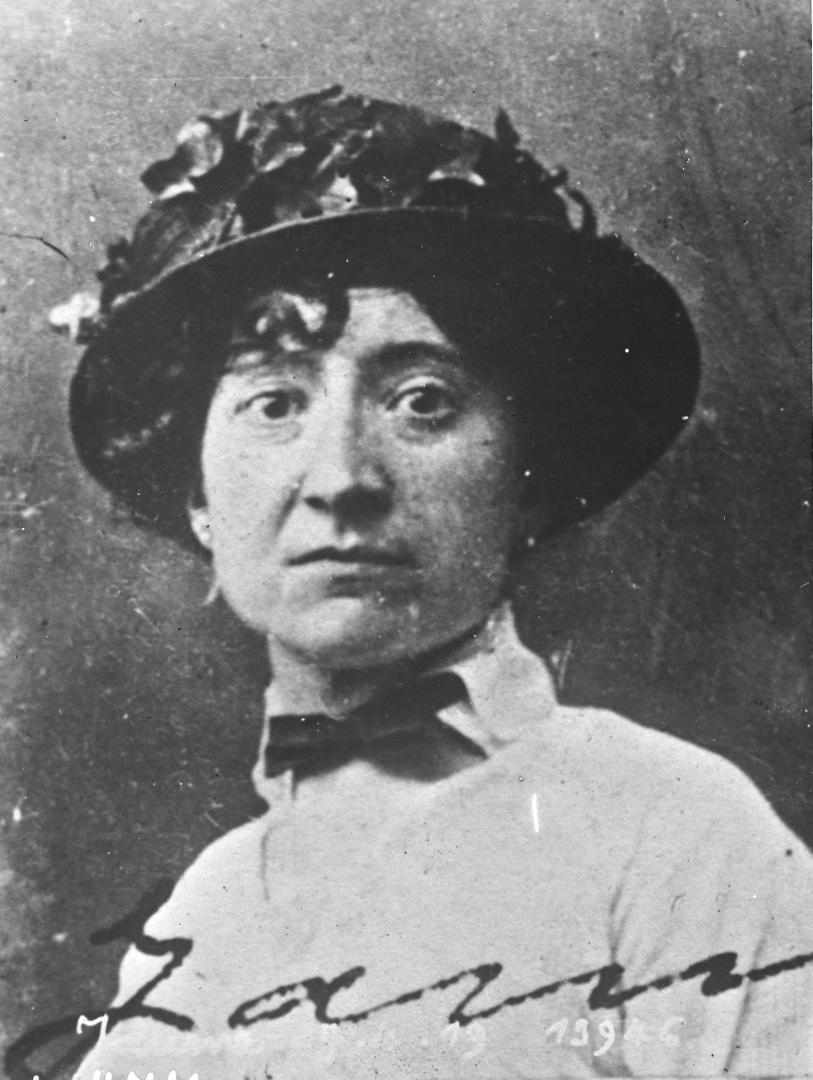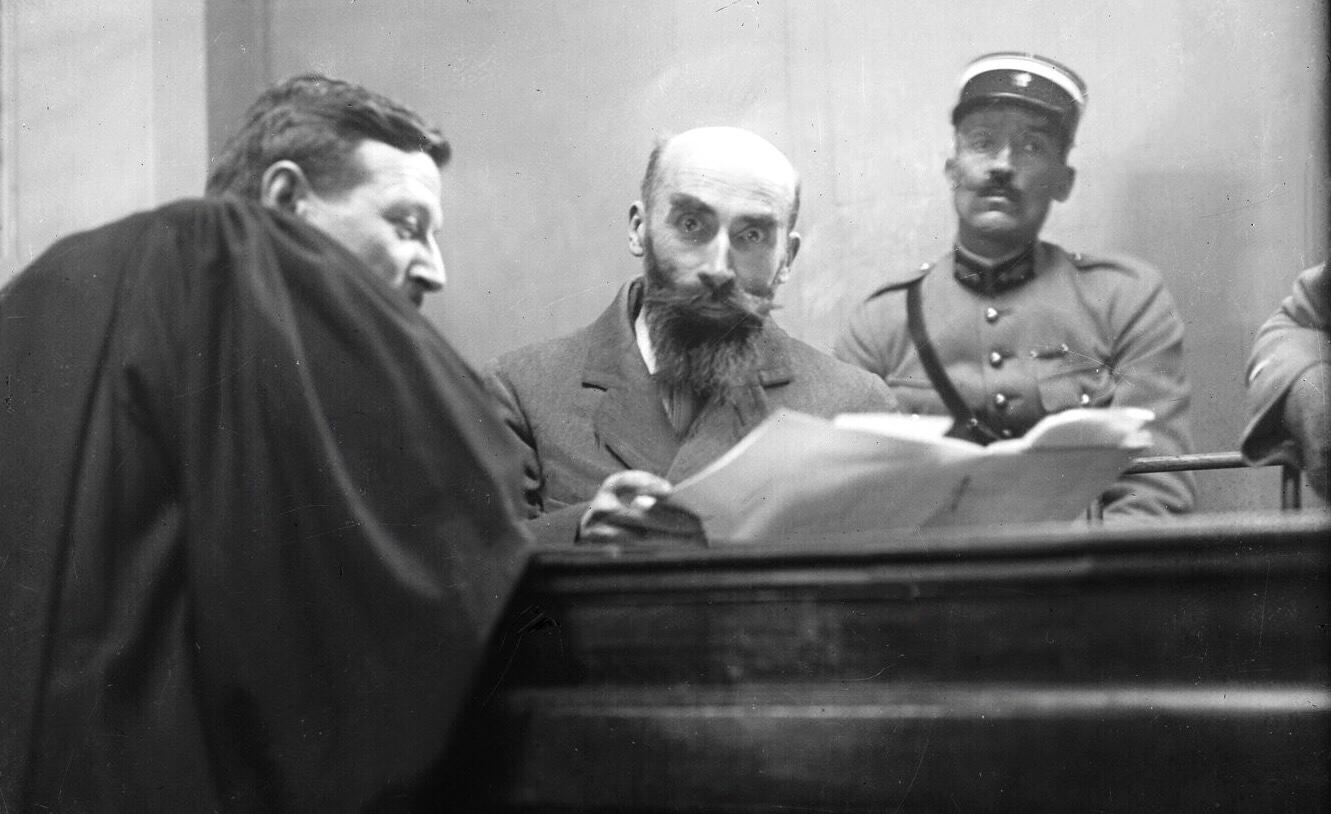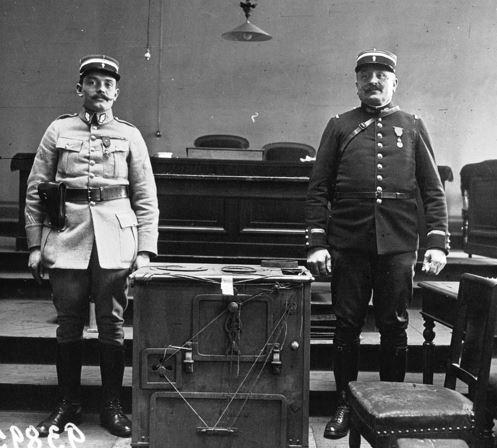.jpg)
1869 - 1922
Henri Désiré Landru
Summary
Name:
Henri Désiré LandruNickname:
The Bluebeard of Gambais / Monsieur Diard / DupontYears Active:
1915 - 1919Birth:
April 12, 1869Status:
ExecutedClass:
Serial KillerVictims:
11+Method:
UnknownDeath:
February 25, 1922Nationality:
France.jpg)
1869 - 1922
Henri Désiré Landru
Summary: Serial Killer
Name:
Henri Désiré LandruNickname:
The Bluebeard of Gambais / Monsieur Diard / DupontStatus:
ExecutedVictims:
11+Method:
UnknownNationality:
FranceBirth:
April 12, 1869Death:
February 25, 1922Years Active:
1915 - 1919Date Convicted:
November 30, 1921bio
Henri Désiré Landru was born on April 12, 1869, in Paris, France. His father worked as a furnace stoker, and his mother was a laundress. Both of his parents were devoted Catholics. Landru was educated at a Catholic school on the Île Saint-Louis, where he served as an altar boy in the church nearby. He became quite involved in his church community as he grew older and even achieved the position of sub-deacon by his late teens.
In 1887, Henri met Marie-Catherine during a church service. They began talking as they left the Mass, marking the start of their romantic relationship. Their first child, Marie, was born in 1891, shortly after Landru started his mandatory military service. He served for three years in Saint-Quentin and rose to the rank of deputy quartermaster. Upon returning to Paris in the autumn of 1893, he married Marie-Catherine, who was pregnant with their second child, Maurice. The couple later had two more children: Suzanne, born in 1896, and Charles, born in 1900.
Throughout the 1890s, while Marie-Catherine worked as a laundress, Landru struggled to keep a stable job. He worked briefly in various occupations, including as a plumber's accountant, furniture salesman, and assistant to a toy maker. In interviews years later, Marie-Catherine described him as a "model husband" and father during the early years of their marriage. However, she also mentioned that Landru had a tendency to chase other women from the beginning.
In the late 1890s, Landru's ambition to become a renowned inventor led him to design a motorbike. He attempted to raise money from investors, but eventually vanished with their funds. During this time, he continued to engage in various schemes and faced several arrests related to fraud. His family often lived in cheap accommodations in and around Paris, while Henri led a troubled and unstable life.
murder story
Landru's murder spree began in January or February 1915 with the disappearance of Jeanne Cuchet and her son André. They had moved with him to a house near Chantilly. However, after a few months, they vanished without a trace.

Following this, several other murders occurred between June 1915 and January 1919. The victims included Thérèse Laborde-Line, Marie-Angélique Guillin, Berthe Héon, Anna Collomb, Andrée Babelay, Célestine Buisson, Louise Jaume, Anne-Marie Pascal, and Marie-Thérèse Marchadier. Most of these women responded to lonely hearts advertisements that Landru had placed in newspapers. He often posed as a wealthy businessman and engaged them in romantic relationships.
After the murders, Landru would steal their belongings and financial assets. Although records indicate that he had many contacts with women, many remained unaccounted for. His ability to evade law enforcement was aided by the general indifference of local authorities, war conditions, and the family members who concealed his whereabouts.

Landru's downfall came in 1919 when Marie Lacoste, the half-sister of his victim Célestine Buisson, became suspicious of his intentions. She compiled evidence of his suspicious activities and shared it with the police. This eventually led to Landru's arrest in April 1919.
During the investigation, evidence of his crimes began to surface, including the discovery of charred human bone fragments in his garden. Despite the lack of direct evidence linking him to the murders, the police were able to establish that he had stolen personal belongings from the missing women.

Landru was charged with multiple counts of murder, robbery, and fraud. His trial took place in November 1921 and drew significant public attention. He was ultimately found guilty of eleven murders and sentenced to death.
Henri Désiré Landru was executed by guillotine on February 25, 1922. His life and crimes left a lasting legacy, leading to discussions about criminal behavior and the effectiveness of law enforcement during that era.